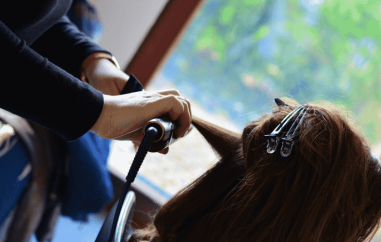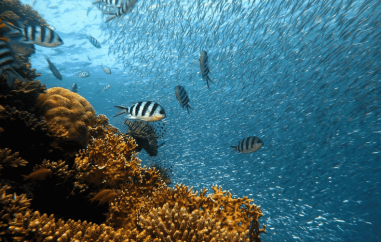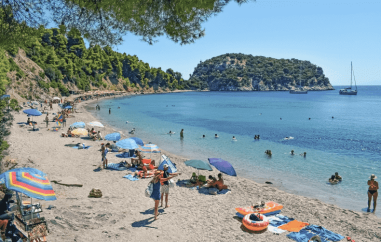How hermit crabs solve housing problems
Most animals form groups to protect themselves against harm or predators, or to procure food, and these behaviors have one thing in common: banding together to help one another. But, according to a new study, some hermit crabs socialize to less noble reasons: to evict their neighbors.
The crabs' behavior illustrates how a normally solitary animal can develop social traits to benefit itself, even at the expense of others. The study, led by Dr. Mark Laidre from the University of California, Berkeley, USA, was published in the October issue of Current Biology.
Most hermit crabs (about 800 species) live in the sea, and have an ample supply of empty shells to inhabit. As the crabs grow, they simply find a bigger shell. That's easy in the ocean, where many sea snail shells are available.
But, live is not so easy on land. There are far fewer shells, and most are usually occupied by another hermit crab. Dr. Laidre found that land hermit crabs uniquely remodel their shells, hollowing them out, and practically no land hermit crab can survive without such a hollowed-out shell.
So, what's a growing, about-to-be homeless crab to do? Dr. Laidre found that first, three or four crabs congregate, looking for snail shells that have washed up on the beach. Soon, many other crabs join them, all hoping to trade their shells for bigger ones. Then, the fighting begins. Each crab grabs another, and tries to yank it from its shell. Once a crab is evicted, another abandons its shell and moves into new quarters. This creates a chain reaction of sorts, with rapid successions of crabs replacing each other's shells.
There's always a loser or two, of course, Dr. Laidre tells The Munich Eye. "The one that gets yanked out of its shells is often left with the smallest shell, which it can't really protect itself with. It's liable to be eaten by anything".
The study shows that while animals and plants can create ecological niches to help them survive, sometimes the social behavior produced by this evolutionary pressure isn't always positive.
Article:
Laidre, M.E. (2012). Niche construction drives social dependence in hermit crabs. Current Biology, 22(20), R861-R863.















































